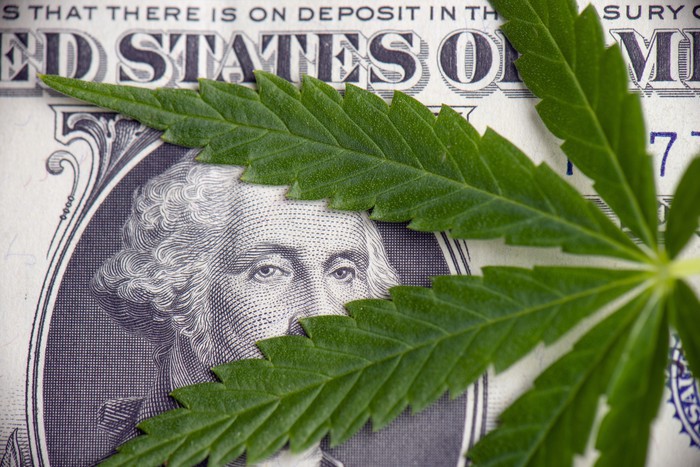Knowing the difference between hemp and marijuana is very important if you are getting ready to invest some money in this industry. This knowledge could save you a lot of legal trouble.
First of all, there are many differences between hemp and marijuana. Sure, they are both divine plants, their origins are similar and it could be said that both of these plants have been helping humanity for ages. But, these two plants are cultivated differently. The overall looks are very similar but at the same time very different.
Furthermore, people are using different parts of these plants for different medical conditions, and the most important difference is the “high” element. It is arguable whether or not hemp can even provide it because of the extremely low levels of the THC.

Hemp has low as 0.5% of the THC, according to the North American Industrial Hemp Council. You can use hemp to replace items made from oil, trees, cotton, fiberglass, etc. You can grow it wherever you want; it is renewable and non-polluting, and it is recyclable. By “you can grow it wherever you want” we meant that it is not regulated to the extent that marijuana is. It is easy to grow, and the market is good, according to all the predictions.
Retailers See the Opportunity
According to the newest hemp oil market analysis and hemp oil market predictions, the global CBD oil market is going to touch 3782.32 million at a 38.45% CAGR between 2015 and 2023. The industry is going to explore not only the potential of CBD but the whole spectrum of products you can produce from hemp. And scientists claim that the potential of CBD and hemp products appears to be endless due to newly emerging data.
All this led to retailers jumping in. Even the retailers for natural supplements are expected to put the CBD products on their shelves. They will start offering more products made of hemp and open a huge number of new stores only to meet the increasing demand for these products.
Only 10% of demand is being filled by present growers. The industry has increased by 200% from 2017 to 2018, with about $618 million in sales last year with a projected $22 billion by 2022. This will, again, lead to lower prices and naturally, an even bigger demand.
There are Certain Risks
The FDA is already trying to create a list of new guidelines for all CBD manufacturers which will eventually close the doors for some smaller manufacturers currently participating in the CBD boom and open doors to some large scale, mainstream manufacturers.

These regulatory and legal hurdles are maybe going to discourage some of the investors. There are many risks to consider. The timing and outcome of those FDA regulations will determine whether or not this could be a soling long-term market, or just a modern, short-term boom. On the other hand, this course of events could additionally boost the hemp industry.
Most companies grow hemp for its fiber, however, this plant has many more growth opportunities such as biocomposites and other industrial applications. The problem with the textile industry is that hemp is losing the battle against cotton and synthetic fibers in spite of its superior quality.
It’s maybe smarter to grow hemp for its grain/seed than for the textile industry. You can offer it as a food high in fiber and protein or as a livestock food better than soy.

The conclusion
Investing in hemp could be a much better option for all medical cannabis investors who are, again, concerned about the lack of legality of marijuana in certain countries and the impact this little detail could have on the industry’s success.
There is a chance that marijuana could become legal in most countries of the world but that won’t happen any time soon. This is why the hemp industry is a safer way to invest in the cannabis industry.
